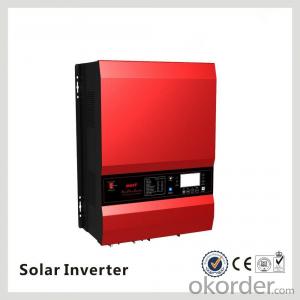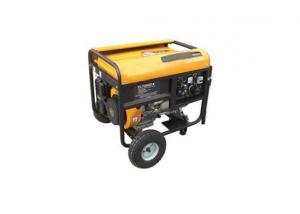5k Solar Inverter
5k Solar Inverter Related Searches
Solar System For Inverter Ac Ac Inverter For Solar Panels Solar Panel With Ac Inverter High Power Solar Inverter Cost Of Solar Power Inverter Best Solar Power Inverter Dc To Ac Inverter Solar Panel Power Inverter Solar Panel Solar Panel Direct To Inverter Inverter To Solar Panel RatioHot Searches
Type Of Inverter For Solar Types Of Inverter For Solar Used Solar Inverter For Sale Inverter Size For Solar System Solar Edge Inverter For Sale 5kw Solar Inverter For Sale Solar Inverter For Sale Solar Inverter For Battery Solar Inverter For Split Ac Solar Inverter For Laptop Solar Inverter For Fridge Solar With Inverter Price Solar Inverter With 2 Battery Solar Inverter Price In China Best Solar Inverter In China Solar Inverter Price In Dubai Solar Inverter Price In Uae Solar Inverter Price In Kenya Solar Inverter Price In Kerala Solar Hot Water Collectors For Sale5k Solar Inverter Supplier & Manufacturer from China
Okorder.com is a professional 5k Solar Inverter supplier & manufacturer, offers integrated one-stop services including real-time quoting and online cargo tracking. We are funded by CNBM Group, a Fortune 500 enterprise and the largest 5k Solar Inverter firm in China.Hot Products
FAQ
- Yes, a solar inverter can be used in a mobile or RV application. A solar inverter is designed to convert the DC power generated by solar panels into AC power that can be used to power appliances and devices. In an RV or mobile application, a solar inverter can help convert the solar energy into usable power for charging batteries, running appliances, and powering electronic devices on the go.
- The role of a solar inverter in preventing underperformance is to convert the direct current (DC) produced by solar panels into alternating current (AC) that can be used by electrical appliances. By efficiently converting and optimizing the power output from the solar panels, the inverter ensures that the system operates at its maximum capacity, minimizing any potential underperformance issues due to factors such as shading, temperature fluctuations, or system faults. Additionally, advanced inverters can monitor and analyze the performance of the solar system, detecting any abnormalities or inefficiencies that may lead to underperformance and allowing for timely troubleshooting and maintenance.
- Some indicators of a faulty solar inverter may include a complete loss of power generation from the solar panels, flickering or inconsistent power output, unusual noises coming from the inverter, error messages or warning lights displayed on the inverter's screen, and a noticeable decrease in the overall efficiency of the solar system.
- Yes, a solar inverter can be used with different types of communication interfaces. Many modern solar inverters are designed to be compatible with various communication protocols such as Wi-Fi, Ethernet, RS485, and Zigbee. This allows for easy integration and monitoring of the inverter with different types of communication systems and devices.
- A solar inverter handles voltage and frequency variations caused by load shedding by constantly monitoring the grid conditions. When it detects a drop in voltage or frequency, it adjusts its output parameters accordingly to maintain a stable supply of electricity to the connected loads. This ensures that the devices receiving power from the solar inverter are not affected by the fluctuations in the grid caused by load shedding.
- Yes, there are ongoing maintenance requirements for a solar inverter. Regular inspections, cleaning, and monitoring of performance are recommended to ensure optimal functioning. Additionally, routine checks of electrical connections, firmware updates, and replacement of faulty components may be necessary to maintain the efficiency and longevity of the inverter.
- A three-phase solar inverter differs from a single-phase inverter in terms of the number of phases they support. While a single-phase inverter is designed to work with a single-phase electrical system, a three-phase solar inverter is specifically designed to handle three-phase electrical systems. This means that a three-phase inverter can handle higher power loads and is more efficient in distributing power across the three phases, resulting in better overall performance and stability for three-phase electrical systems.
- The role of a galvanic isolation transformer in a solar inverter is to provide electrical isolation between the photovoltaic (PV) array and the inverter's AC output. This isolation is crucial for safety and protection, as it prevents any electrical faults or surges from the PV side from affecting the AC side or the grid. It also ensures that any ground faults or leakage currents are contained within the PV system, minimizing the risk of electric shock and damage to equipment.













































